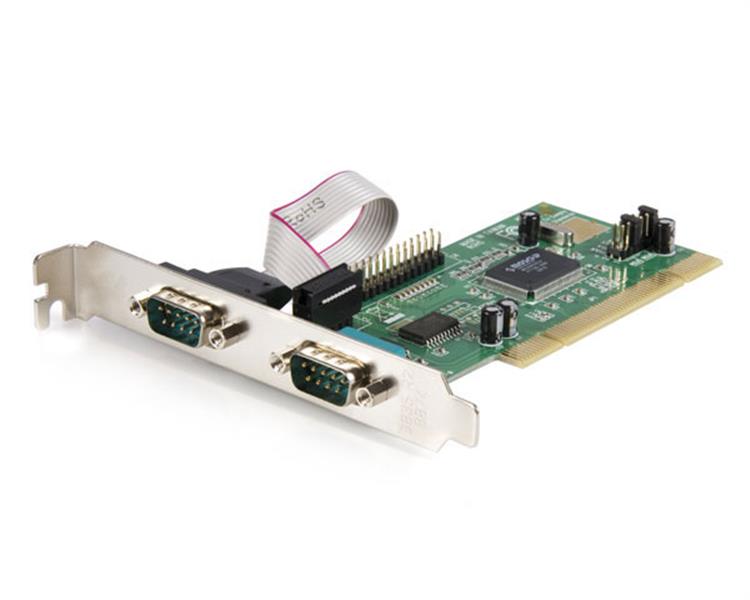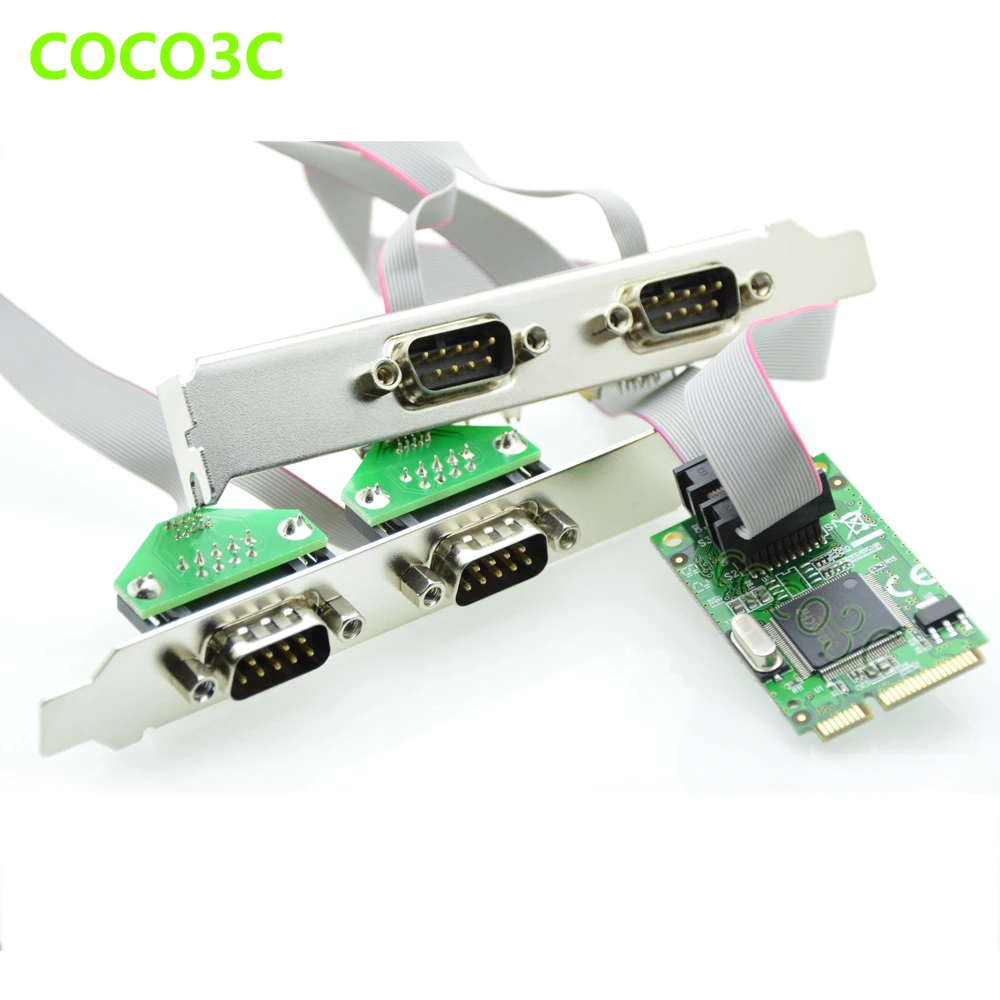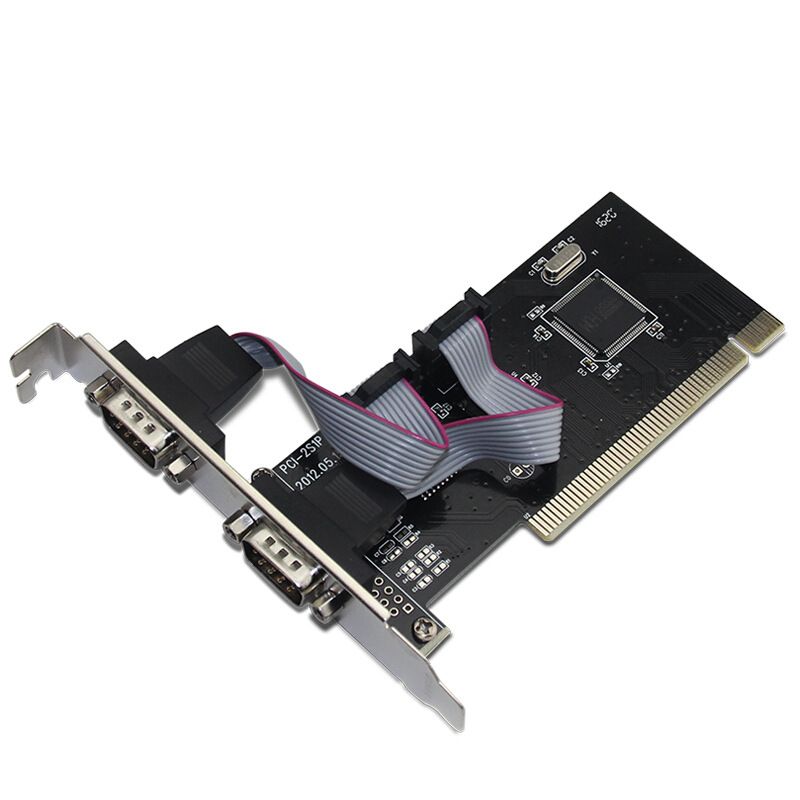- You Save: 276 (40%)and 2 more promotions
- Save 10% up to Rs. 10,000 with SBI Cards
- Flat Rs.50 back using Amazon Pay UPI
- You Save: 1,011 (56%)and 2 more promotions
- Save 10% up to Rs. 10,000 with SBI Cards
- Flat Rs.50 back using Amazon Pay UPI
- You Save: 500 (38%)and 2 more promotions
- Save 10% up to Rs. 10,000 with SBI Cards
- Flat Rs.50 back using Amazon Pay UPI
- You Save: 200 (20%)and 2 more promotions
- Save 10% up to Rs. 10,000 with SBI Cards
- Flat Rs.50 back using Amazon Pay UPI
- You Save: 1,002.20 (62%)and 2 more promotions
- Save 10% up to Rs. 10,000 with SBI Cards
- Flat Rs.50 back using Amazon Pay UPI
- You Save: 203 (36%)and 2 more promotions
- Save 10% up to Rs. 10,000 with SBI Cards
- Flat Rs.50 back using Amazon Pay UPI
- You Save: 700 (70%)and 2 more promotions
- Save 10% up to Rs. 10,000 with SBI Cards
- Flat Rs.50 back using Amazon Pay UPI
- You Save: 515 (17%)and 2 more promotions
- Save 10% up to Rs. 10,000 with SBI Cards
- Flat Rs.50 back using Amazon Pay UPI
- You Save: 400 (44%)and 2 more promotions
- Save 10% up to Rs. 10,000 with SBI Cards
- Flat Rs.50 back using Amazon Pay UPI
- You Save: 644 (64%)and 2 more promotions
- Save 10% up to Rs. 10,000 with SBI Cards
- Flat Rs.50 back using Amazon Pay UPI
- You Save: 1,408 (66%)and 2 more promotions
- Save 10% up to Rs. 10,000 with SBI Cards
- Flat Rs.50 back using Amazon Pay UPI
- You Save: 450 (30%)and 2 more promotions
- Save 10% up to Rs. 10,000 with SBI Cards
- Flat Rs.50 back using Amazon Pay UPI
- You Save: 1,600 (66%)and 2 more promotions
- Save 10% up to Rs. 10,000 with SBI Cards
- Flat Rs.50 back using Amazon Pay UPI
- You Save: 1,750 (87%)and 2 more promotions
- Save 10% up to Rs. 10,000 with SBI Cards
- Flat Rs.50 back using Amazon Pay UPI
- You Save: 651 (43%)and 2 more promotions
- Save 10% up to Rs. 10,000 with SBI Cards
- Flat Rs.50 back using Amazon Pay UPI
- You Save: 284 (35%)and 2 more promotions
- Save 10% up to Rs. 10,000 with SBI Cards
- Flat Rs.50 back using Amazon Pay UPI
- You Save: 249 (49%)and 2 more promotions
- Save 10% up to Rs. 10,000 with SBI Cards
- Flat Rs.50 back using Amazon Pay UPI
- You Save: 1,001 (66%)and 2 more promotions
- Save 10% up to Rs. 10,000 with SBI Cards
- Flat Rs.50 back using Amazon Pay UPI
- and 2 more promotions
- Save 10% up to Rs. 10,000 with SBI Cards
- Flat Rs.50 back using Amazon Pay UPI
- You Save: 138 (6%)and 2 more promotions
- Save 10% up to Rs. 10,000 with SBI Cards
- Flat Rs.50 back using Amazon Pay UPI
- You Save: 301 (16%)More Buying Choicesand 2 more promotions
- Save 10% up to Rs. 10,000 with SBI Cards
- Flat Rs.50 back using Amazon Pay UPI
- You Save: 295 (36%)More Buying Choicesand 4 more promotions
- Save 10% up to Rs. 10,000 with SBI Cards
- No cost EMI on select Debit and BFL cards
- Extra Rs.750 back on Min buy of 5000
- Flat Rs.50 back using Amazon Pay UPI
- You Save: 370 (41%)and 2 more promotions
- Save 10% up to Rs. 10,000 with SBI Cards
- Flat Rs.50 back using Amazon Pay UPI
- You Save: 951 (52%)and 2 more promotions
- Save 10% up to Rs. 10,000 with SBI Cards
- Flat Rs.50 back using Amazon Pay UPI

How to Identify Ports on a Computer using Device Manager
Document relates to: All Laplink Products

- Generally about the Serial Port Card. A serial port card such as a PCI or PCMCIA serial card are easy and reliable ways of establishing a serial RS232, RS485 or RS422 port in a computer. Usually a serial card is used for adding a serial RS232 port in a computer which can be used for connecting a variety of serial RS232 devices.
- Add an RS-232 serial port to your PC through a PCI expansion slot. The PCI1S550 16550 Serial PCI Card can be installed in a PCI slot to add one RS232 serial port - a cost-effective solution for connecting any new serial device or old legacy serial device, with data transfer rates of up to 115.2 Kbps.
- Long long ago, almost all computers had two serial ports, called 'COM1' and 'COM2', one a with a nine pin and the other with a 25 pin connector. Now times have changed and the serial port has vanished.
- You basically short pins 2&3 on the serial port connection then pull up hyperterm, tell it to use the port and anything you type should show up on the screen. That covers the transmit and receive. There are also some handshake issues but if R/W is good you will at least be at a starting point.
Design with Power RS-232 port, It allows jumper-selectable 5V or 12V power output for pin 1 or pin 9 to LP4 power connector from PC power supply. For added flexibility the power output can be enabled or disabled on each port, for you choose which power supply power or supply none power.
SUMMARY
I'm uncertain which port I need to use to make a successful Laplink connection. Can you help?
SOLUTION
Laplink connections can be made over 3 types of cables; Serial, Parallel and USB. Certain operating systems do not support each cable type, however. For a complete listing of Laplink-brand cable options (including Windows compatibility), please Technical Document 708: Which USB Cable do I Have?
Serial Port
A serial port is male in gender, and has either 9 pins or 25 pins. The shape of the port is slightly D-shaped. A serial computer port may be used for a mouse, external modem, scanner, or other linking software such as for a personal data assistant (PDA).
Pci Serial Port Card
NOTE: Do not mistake the computer's Parallel port for a serial port. Only very old computers have a 25-pin serial port. You cannot attach the wide end of the Laplink serial cable to a parallel port, nor can you attach a gender-changer adapter to force the cables to connect. This is not supported by Laplink technicians and will not work since the port communication method is different between serial and parallel ports.
On most computers, there are 2 ports and they can be marked as COM, SER, with a symbol representing 10101, or completely unmarked. ON moderately old computers, is also very common for computer manufacturer’s to have installed 2 physical serial ports, but to leave one port disabled in the BIOS. On newer computers, there may be onely one serial port, or none at all (especially on a lpatop). Also, for newer computers, it's not uncommon for the serial port to be left disabled in the BIOS, which frees up the resources for other devices. Consult your product specs or PC manufacturer for more information.
Before using a serial port and Laplink's blue cable to make a connection, you need to locate a port that is available physically on the back of the computer and enabled within Windows configuration. Note: Laplink technicians will not support any connection using special port adapters or gender-changer devices. If both of your PC's do not have compatible, functional serial ports, you must switch to a different cable type or connection method.
There are 4 steps to naming the external serial ports on a computer:
- Count the number of serial devices on the back of the computer. These include external serial ports and internal modems. The phone jack ports on a card in a slot can identify an internal modem. An serial port may have a mouse or hand-held computer cradle attached to it.
- See how Windows is detecting the available devices from Device Manager:
- Open Device Manager. See Technical Document 359: How to Open Windows Device Manager for more information.
- Locate the Modem line, click on the plus (+) sign to expand,
- Click to highlight on the name of the installed modem.
- Click on Properties, and then the Modem tab. The name of the modem's port will be listed. Write down this information.
- Click on OK to close the modem properties.
- Locate the Ports (COM and LPT) line, click on the plus (+) sign to expand. The ports recognized by Windows will be listed here. Write down any port names that are listed as Communications Port (COMx), where x is the number of the port.
- If the computer has an infrared port, it's port name needs to be determined. This is usually configured in the computer's BIOS utility.
- Compare the results. There must be one port name for each serial device. If there are more ports than port names, then one of the serial ports is disabled in the computer's BIOS. Consult your computer's user guide for steps on how to enable the port.
If all ports can be accounted for, but you are still uncertain as to how the ports are named, systematic trial and error is the best method to use. For example, two unnamed ports are on the computer, and Windows says that they are named COM2 and COM3. Using Laplink, enable first COM2, then COM3 in Port Setup. With the cable attached to a port, see if Laplink connects. If so, then mark the attached port as COM2. If not, return to Port Setup and try COM3. If neither enabled port makes a connection, try moving the cable to the other port and begin again.
Parallel Port
A parallel port is female in gender, and has 25 pins. The shape of the port is slightly D-shaped. This is the same port as where your printer attaches. On most computers, there is only 1 port and it can be marked as LPT or with a printer symbol.
Note: The Laplink parallel cable is proprietary, and must be used to connect over the LPT port.
Before using a parallel port and Laplink's yellow cable to make a connection, you need to locate a port that is available physically on the back of the computer and enabled within Windows configuration. It is very unusual for more than one LPT port to be installed on a computer and if so, has usually been done by a computer owner rather than the manufacturer. Using the information from Device Manager's Ports (COM and LPT) line as described above, it is easy to determine the port name for a parallel port. If you're still uncertain, check the settings for your printer.

USB (Universal Serial Bus) Port
Serial Port Card For Pc
USB: A USB port is a slot port, approximately ½' long. On most computers there are 2 ports, and can be marked with a symbol that represents daisy chaining or networking. This type of port will be found only on computers that have been built after 1997.
Before using a USB port and Laplink's USB cables to make a connection, you need to locate a port that is available physically on the back of the computer and enabled within Windows configuration. USB ports are not named in the same manner as serial or parallel ports. To confirm that a computer's USB ports are available, use the computer's user guide for steps on how to check the computer BIOS. Additionally, check Device Manager to ensure that it lists the Universal Serial Bus as a device.
Note: Laplink USB cables are proprietary and must be used for connections using the USB ports. Several USB cables have been released by Laplink, Inc. See our Cable Drivers page for more information.
This Article can be found by searching for:
Keywords: Cable: Parallel, Cable: Serial, Cable: USB, Connections: Cable, How To: Windows, Product: Compatibility
Platforms: Win95, Win 98/SE, WinNT, WinME, Win2k, WinXP, WinVista, Win7
Article#: 117
You can view this article online at: